Ever wonder if your memory of the Monopoly Man is actually correct? Many people falsely recall this iconic game character sporting a monocle, an example of the Mandela Effect. This blog uncovers 7 surprising facts about the Monopoly Man to clear up common mistakes and reveal his true history.
Read on to test what you really know!
Key Takeaways
The Monopoly Man, Rich Uncle Pennybags, first appeared in 1936 on Chance and Community Chest cards for Parker Brothers’ game. He was designed by artist Daniel Fox with features inspired by banker J.P. Morgan (Philip Orbanes).
Many players mistakenly believe the Monopoly Man wears a monocle, an example of false memory known as Mandela Effect, reinforced by pop-culture references like Jim Carrey’s film “Ace Ventura: When Nature Calls” (1995) and shows such as “Family Guy.”
Hasbro adapted Mr. Monopoly globally—Japan depicted him in kimono or samurai outfits; British versions portrayed him as a London gentleman; Australian editions placed him in beach gear; German variants showed lederhosen attire.
In modern times since around 2017, activists dressed up as Monopoly Man during Congressional hearings of companies like Equifax and Google to protest corporate greed publicly—these appearances became popular internet memes.
Forbes ranked Mr. Monopoly sixth richest fictional character (“The Forbes Fictional 15,” November 2006) thanks to his lasting influence on branding symbols related to wealth across products, media promotions, games worldwide and emerging digital formats expected beyond 2025 including apps, VR experiences and NFTs.
Table of Contents
The Origins of the Monopoly Man
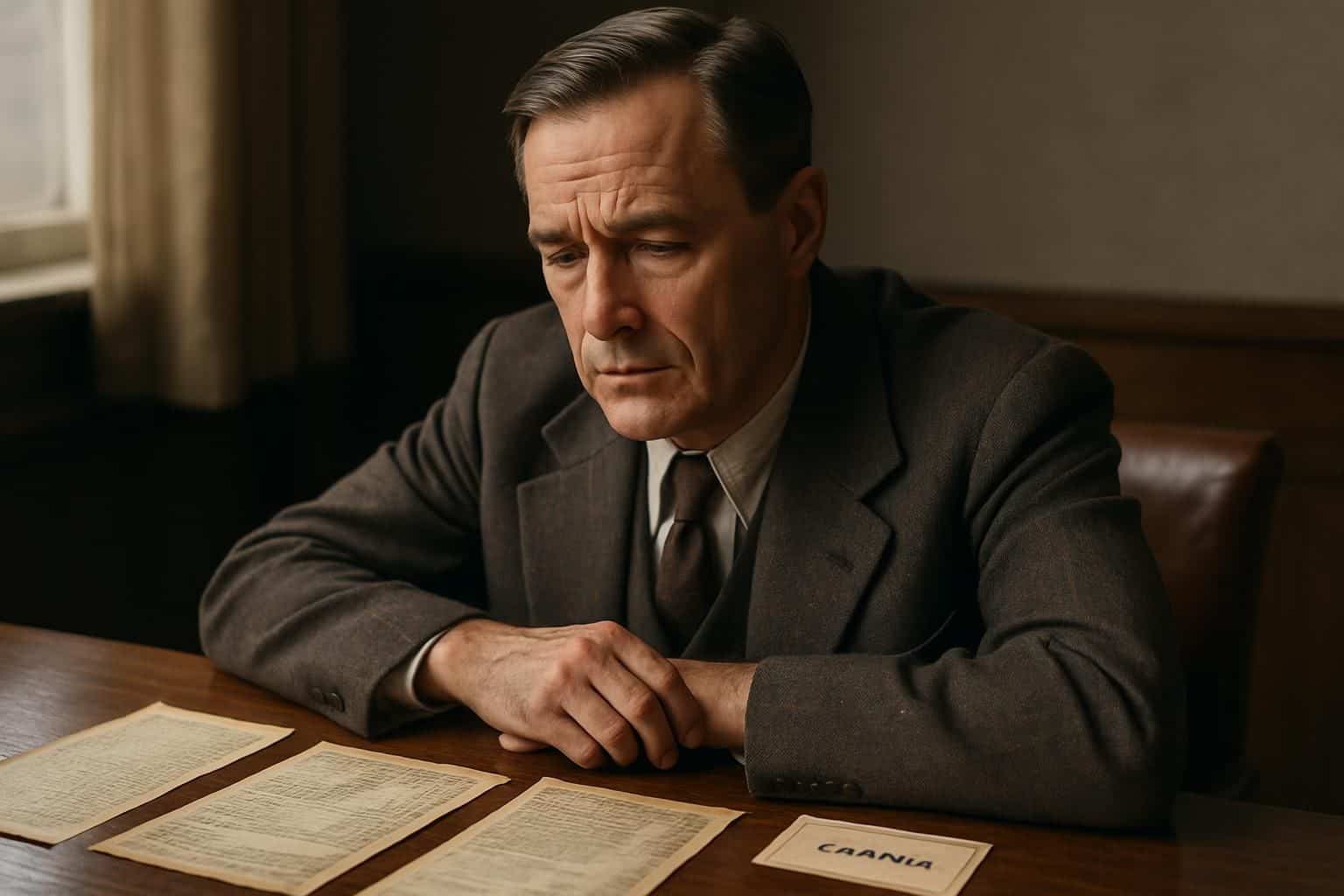
The Monopoly Man first appeared on Chance and Community Chest cards before becoming Mr. Monopoly, the game’s mascot. Parker Brothers gave him his famous look based partly on rich bankers from old cartoons.
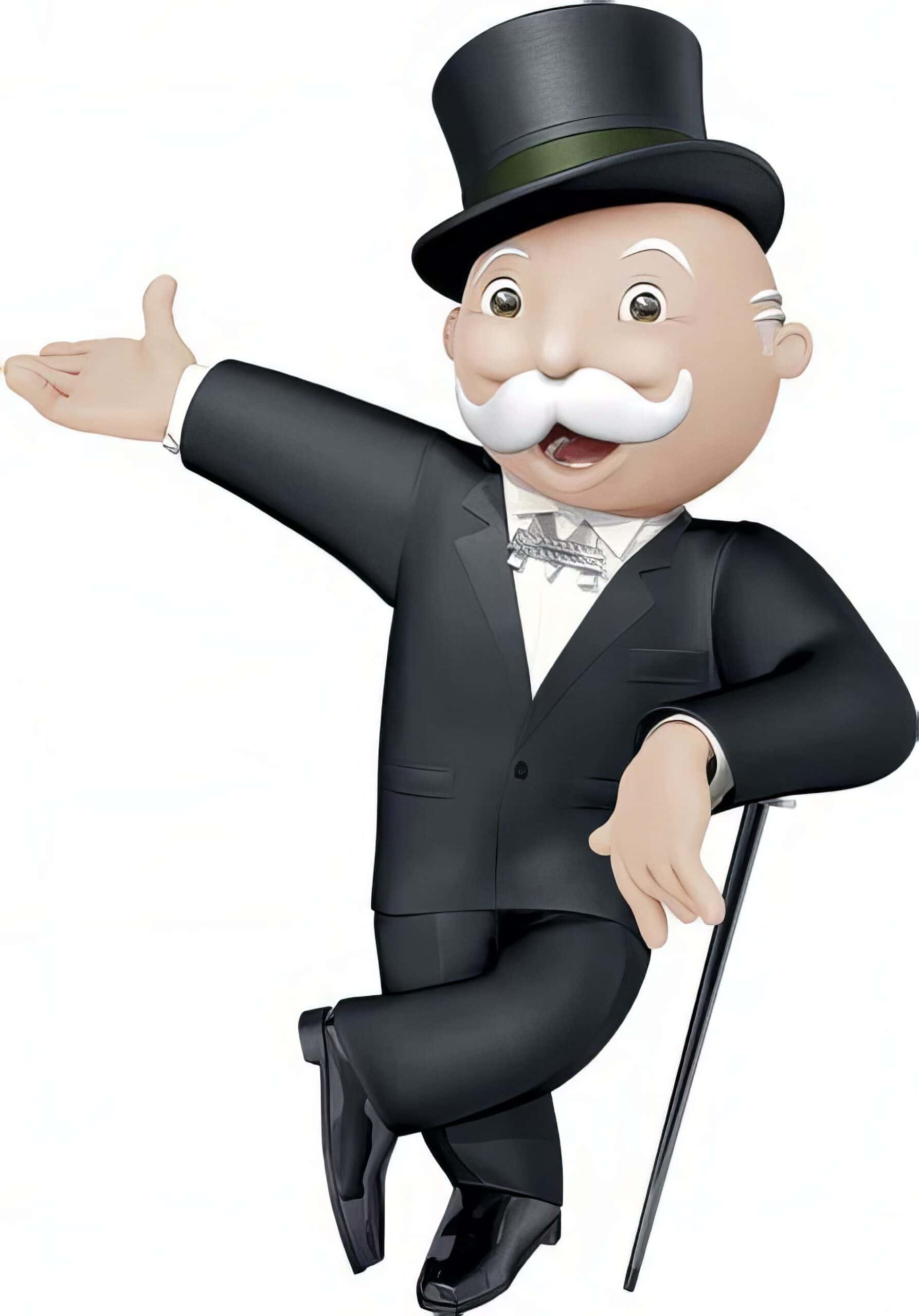
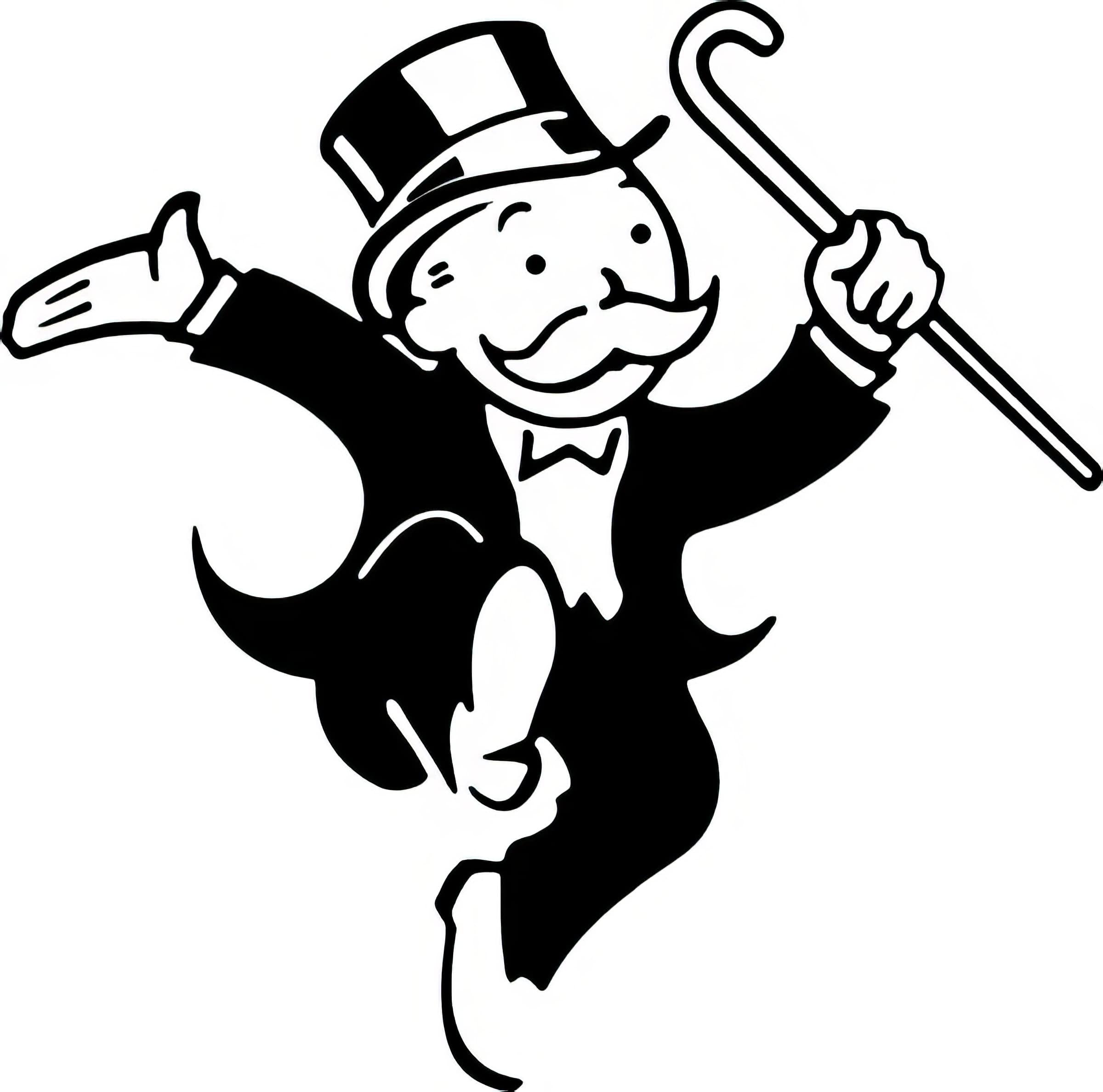
How was the Monopoly Man created and designed initially?
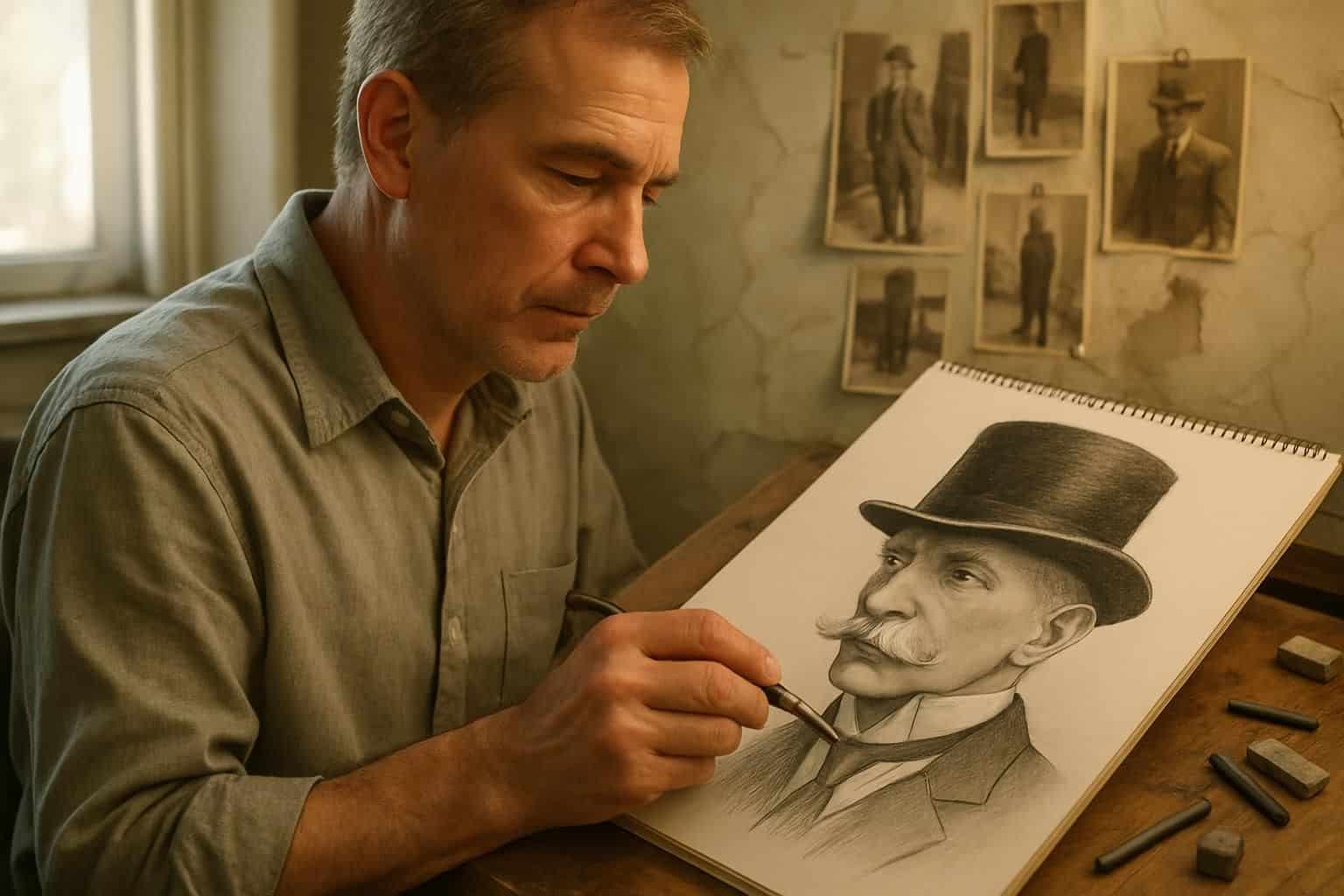
Artist Daniel Fox first drew Mr. Monopoly’s iconic look, but few knew this until 2013. He created Rich Uncle Pennybags with a top hat, white mustache, and cane to symbolize wealth in a playful way.
This famous character made his debut on Chance and Community Chest cards back in 1936 for the Parker Brothers’ Monopoly game.
In fact, by 1940, Rich Uncle Pennybags had become popular enough to appear again in another Parker Brothers game named “Dig.” His classy style—especially his suit and bowtie—made him instantly memorable as “the Monopoly guy,” although fans often mistake him as wearing a monocle due to common false memory or Mandela Effects.
Even now, brands like VGW (makers of Chumba Casino, which recently launched the Monopoly Match app similar to Candy Crush for Canadian players) continue using Mr. Monopoly’s charm broadly across new gaming apps today.
What inspired the creation of the Monopoly Man character?
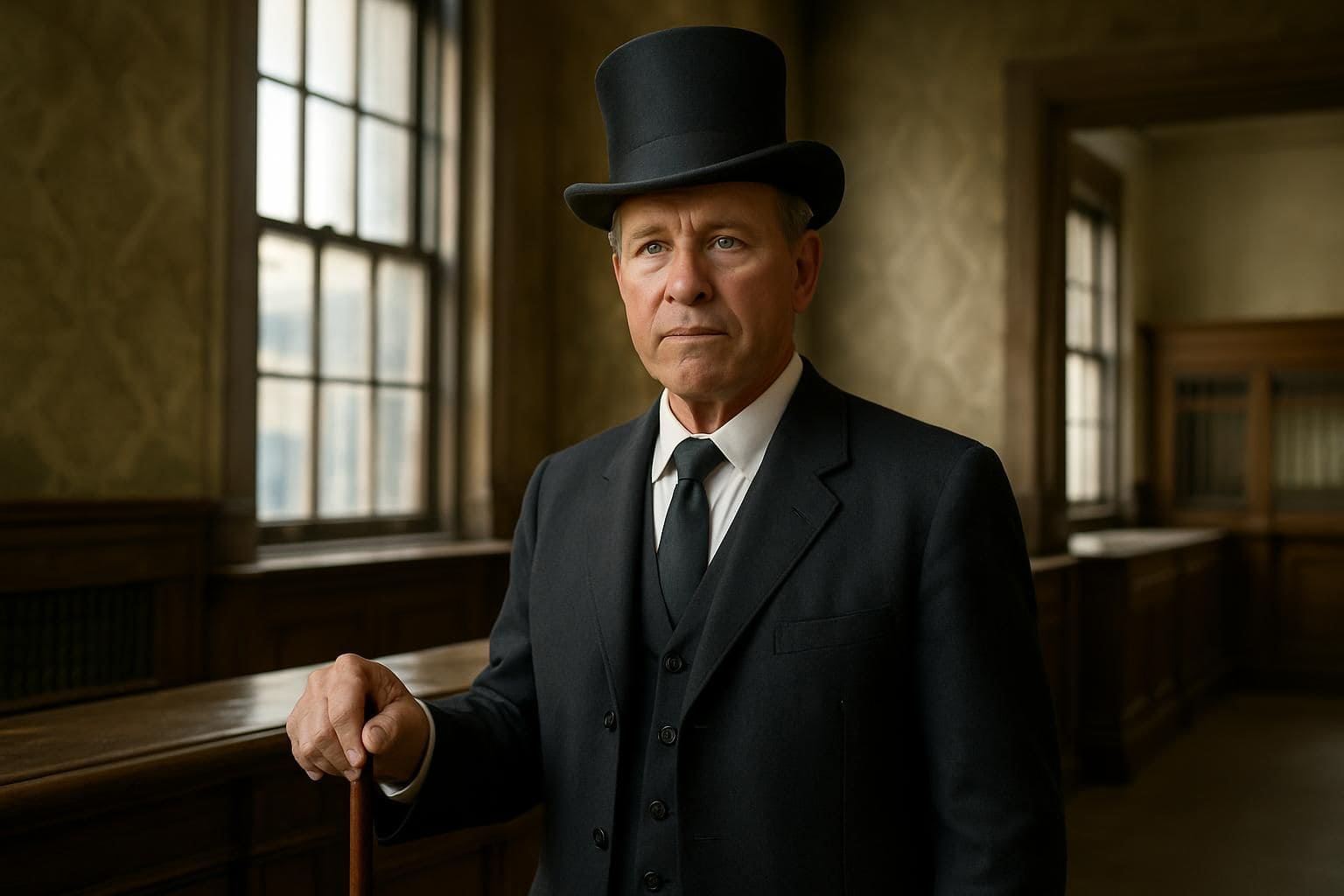
Early sketches of the Monopoly Man drew heavily from real people and popular culture. Philip Orbanes, a noted game expert, shared that Milburn Pennybags, also known as Mr. Monopoly, took inspiration from famous banker J.P.
Morgan. Morgan’s well-known style shaped Pennybags’ top hat, sharp suit, cane, and neat white mustache seen in every version—from classic sets to Monopoly Junior by USAopoly—and even on digital games where players use credit cards at checkout.
Mr. Monopoly was inspired clearly by legendary financier J.P. Morgan, stated Philip Orbanes.
Also influential were cartoons and comics of the early 1900s which often showed wealthy businessmen dressed just like him today—minus any monocle, as falsely remembered through the Mandela Effect or parodied famously in Ace Ventura: When Nature Calls with Jim Carrey pointing out this mistaken detail humorously onscreen.
Transformations Through the Decades
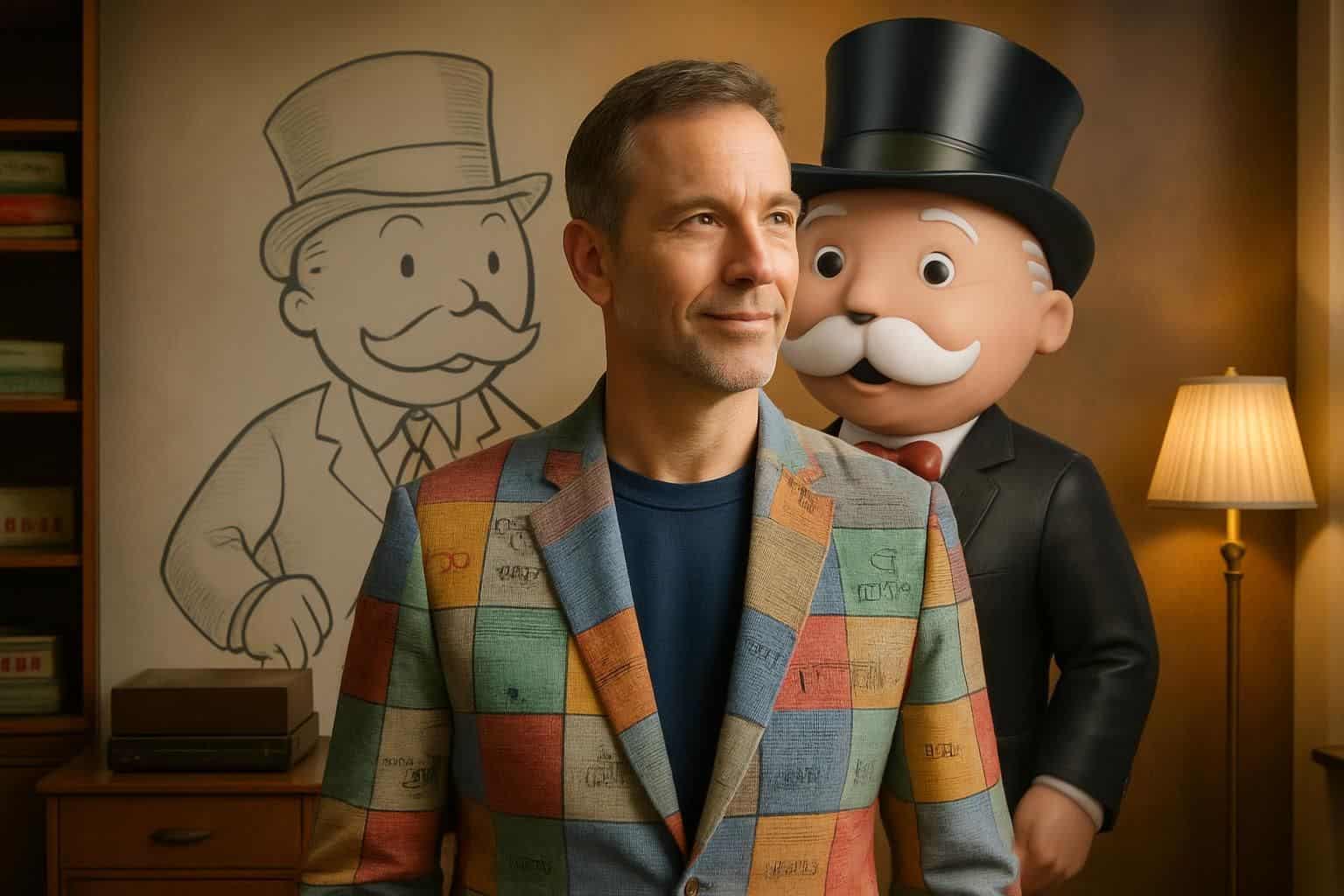
Over the years, the Monopoly Man got a style update—from line art sketches to colorful 3D graphics. Regional Monopoly games also gave this iconic banker creative outfits and country-specific personas across global markets.
How has the Monopoly Man’s appearance changed over time?
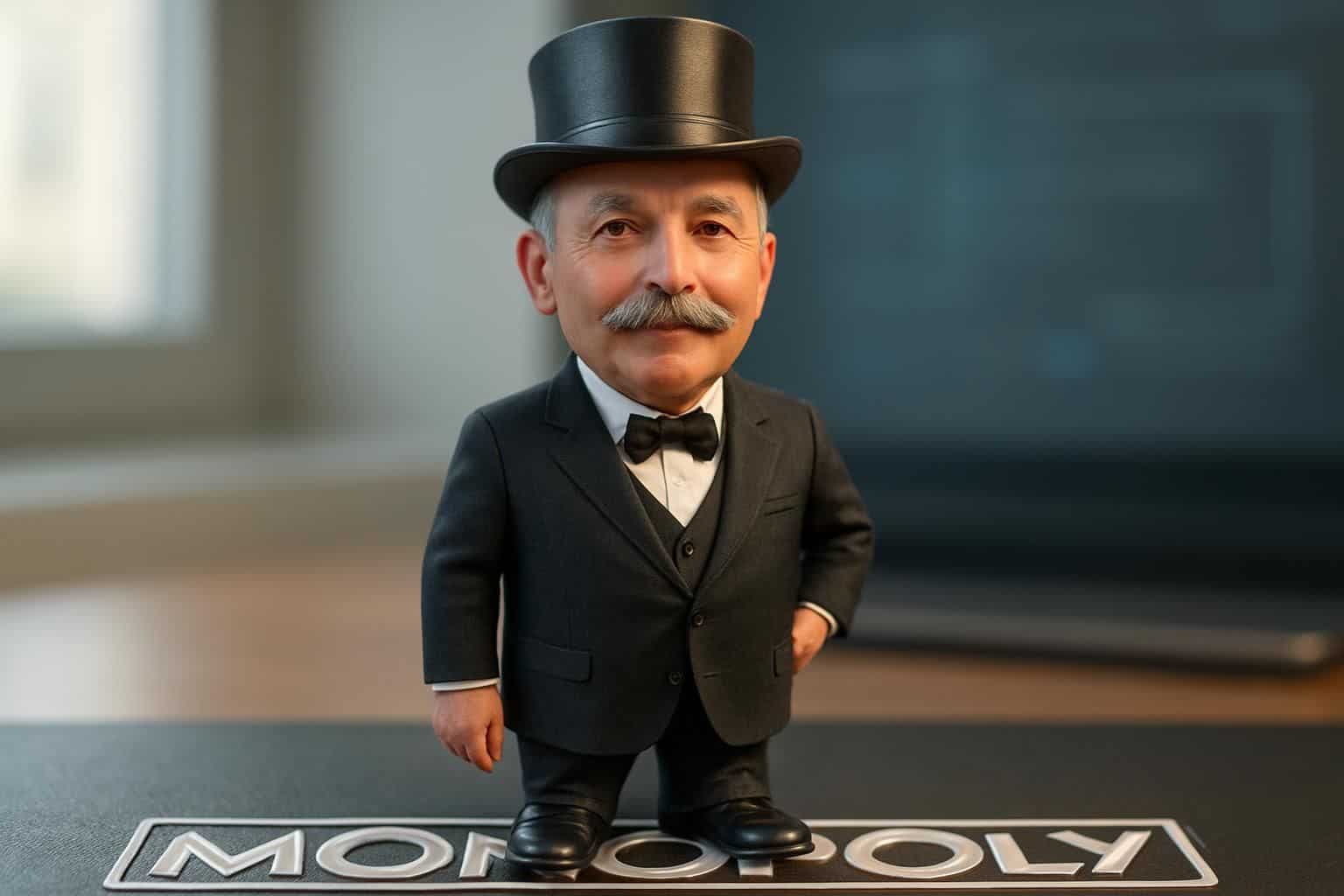
The Monopoly Man has changed quite a bit since his start in the 1930s. His look evolved to match trends, technology, and global markets.
- In early Monopoly versions, Rich Uncle Pennybags appeared as a simple black line drawing. He wore just a top hat, cane, mustache, and tuxedo coat without much detail; colors and shadows were rare back then.
- From the late ’50s to the ’70s, artists added bolder lines and brighter colors to keep pace with pop art styles popular at the time. Mr. Monopoly became more vivid on boxes and cards during these years.
- Between 1985 and 2008, he showed up right inside the second “O” of the famous red MONOPOLY logo—a fun update many geeks will recall firsthand from playing as kids.
- In some editions of Monopoly Junior from 1990 through 1996, Rich Uncle Pennybags sported a monocle for extra charm—but it wasn’t always there! This inconsistent detail later sparked confusion known today as the Mandela Effect (a parallel dimension theory).
- During game releases in 1999 such as Monopoly Jr.’s CD-ROM edition, Hasbro officially renamed Rich Uncle Pennybags to “Mr. Monopoly.” With this new branding came an updated style: cleaner lines and slightly fuller facial features designed for digital gaming screens.
- Recently Hasbro adapted him again into three-dimensional animation form; today he’s mostly shown in detailed 3D illustrations above the word “Monopoly.” Still though—not every game box includes him anymore!
- Modern fans often add their meme-inspired twists online by creating funny edits or custom designs based on wikiHow-like instructions; these unofficial images further reshape how younger generations see our favorite board-game tycoon today!
How has the Monopoly Man been adapted for different global markets?
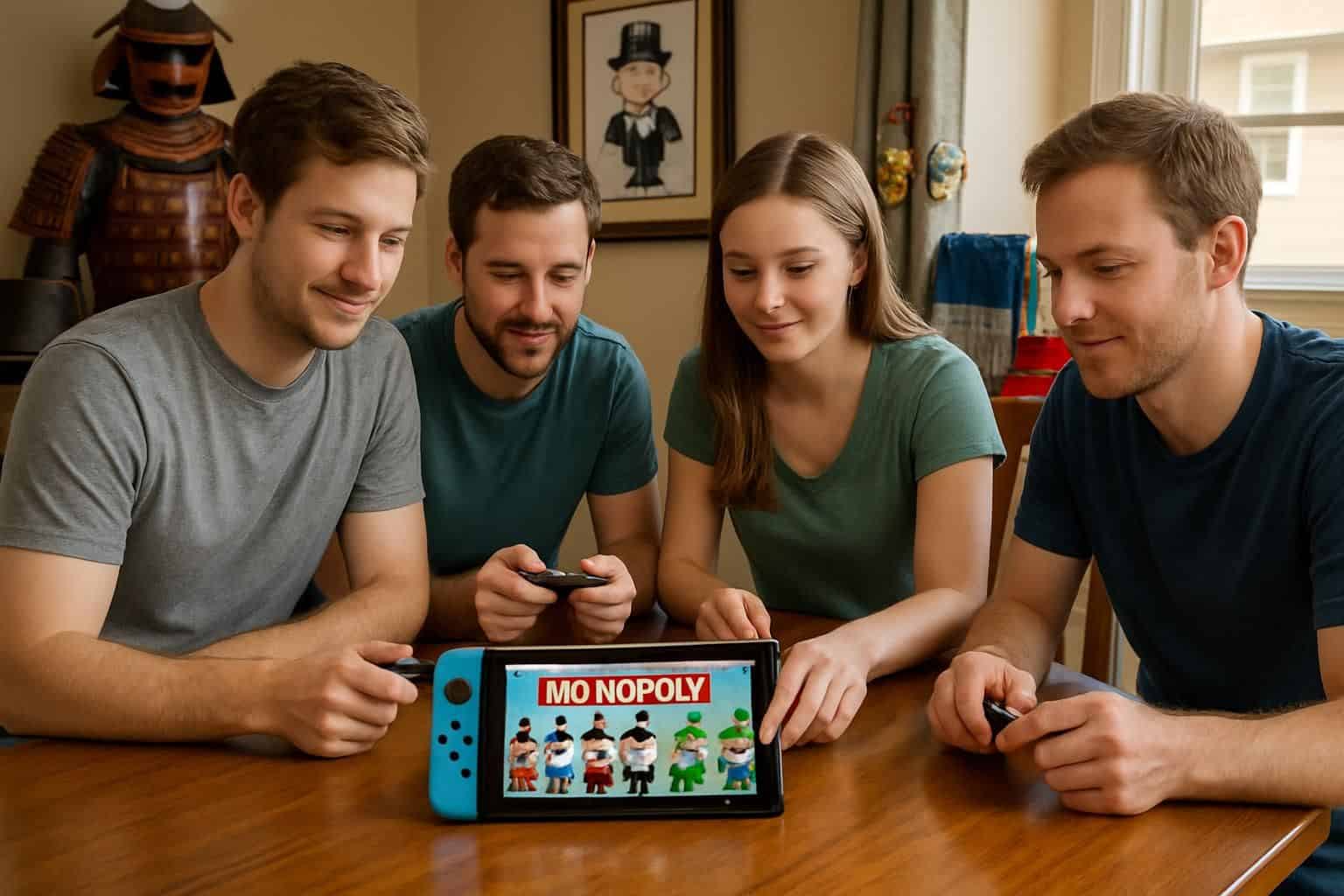
Mr. Monopoly may seem the same everywhere, but he changes slightly across global markets. Hasbro tweaks his look to match local customs and appeal to regional game geeks.
- In Japan, special editions show Mr. Monopoly in traditional kimono outfits or samurai costumes; these designs reflect local traditions and cultural pride.
- For British fans, themed releases often depict him as a classic London gentleman, complete with bowler hat and umbrella.
- Australian versions feature Mr. Monopoly decked out in beach gear or alongside kangaroos and koalas, creating instant recognition for locals.
- German variants frequently show our famous rich uncle with lederhosen and enjoying Oktoberfest-related scenes on box covers.
- Editions aimed at Chinese audiences sometimes present him holding red envelopes or gold coins; both symbols represent luck and wealth in Chinese tradition.
- Brazilian games portray Mr. Monopoly joining lively Carnival festivities or dressed in soccer jerseys celebrating their love of futbol.
- Unique cultural packaging exists even within North America; Canada’s localized editions have featured Mr. Monopoly wearing hockey attire.
- European market adaptations include two official instances when designers gave this mascot a monocle: first was a 1990 “Monopoly Jr.” edition released only in Europe—second instance came much later through Hasbro’s Facebook page posting official artwork in 2016.
- USAopoly’s webpage showed about half its editions without the signature wealthy man character as of May 24, 2013; this shows that adaptation sometimes means completely removing the iconic mascot altogether from certain market releases.
- Digital versions on platforms like Nintendo Switch and PlayStation also adapt Mr. Monopoly visually for different world regions; depending upon language settings or geographic preferences selected by gamers themselves, variations change to better suit diverse player groups globally.
The Monocle Controversy
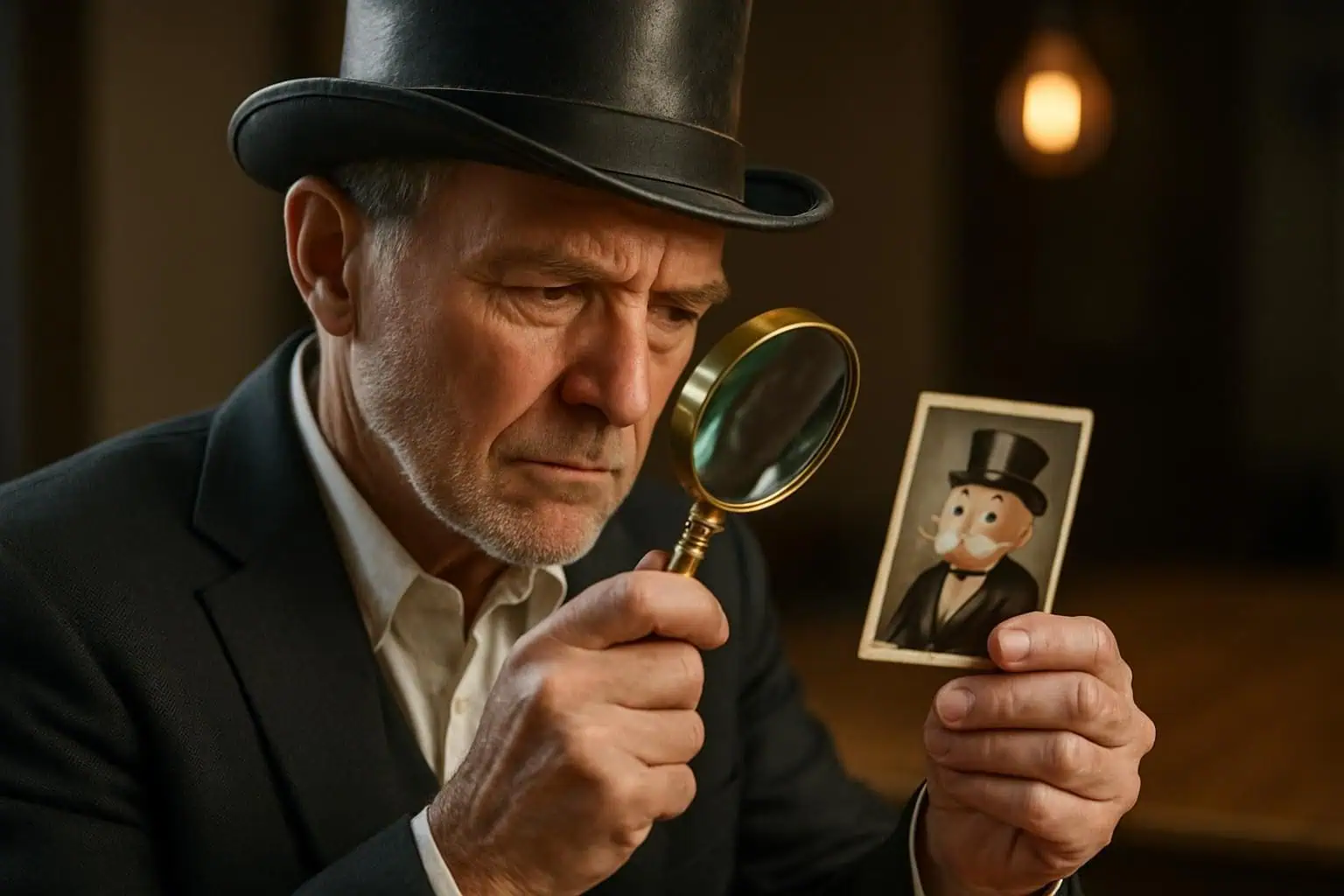
People often swear the Monopoly Man wears a monocle—but they’re experiencing false memory called the Mandela Effect. This debate has sparked amusing memes, online jokes, and pop culture nods in shows like “The Simpsons” and “Family Guy.
What is the Mandela Effect related to the Monopoly Man’s monocle?
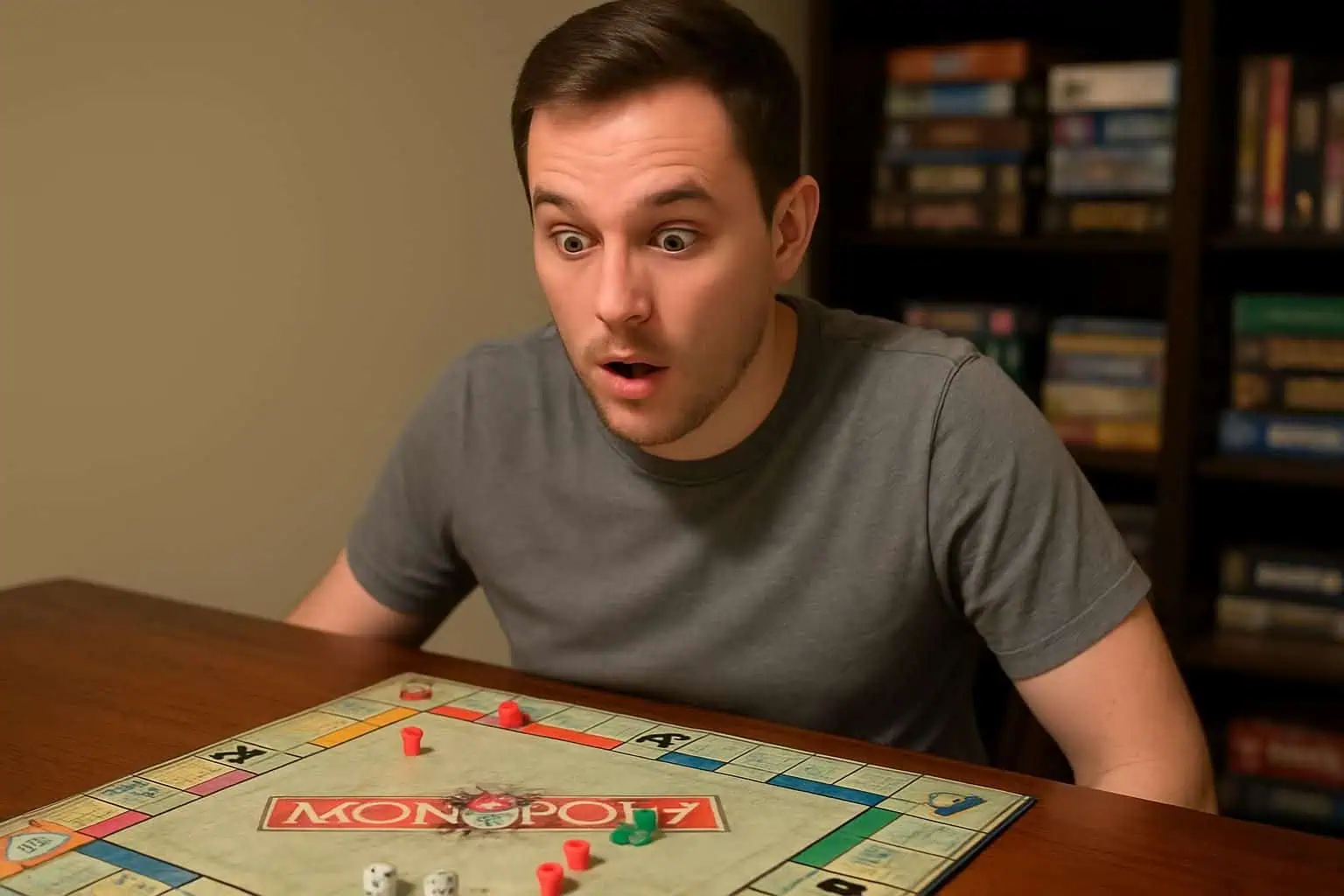
The Mandela Effect is a strange false memory many geeks share about the Monopoly Man sporting a monocle. In truth, Mr. Monopoly—called Milburn Pennybags since Philip Orbanes’ book, The Monopoly Companion in 1988—never wore this piece of eyewear in U.S. editions of Monopoly.
A study by Deepasri Prasad and Wilma A. Bainbridge published in Psychological Science (Volume 33, Issue 12, 2022) explored this shared mistake; it showed how pop culture portrayals often wrongly put a monocle on Mr.
Pennybags’ face, making fans certain he had one all along.
How has the monocle been referenced in pop culture?
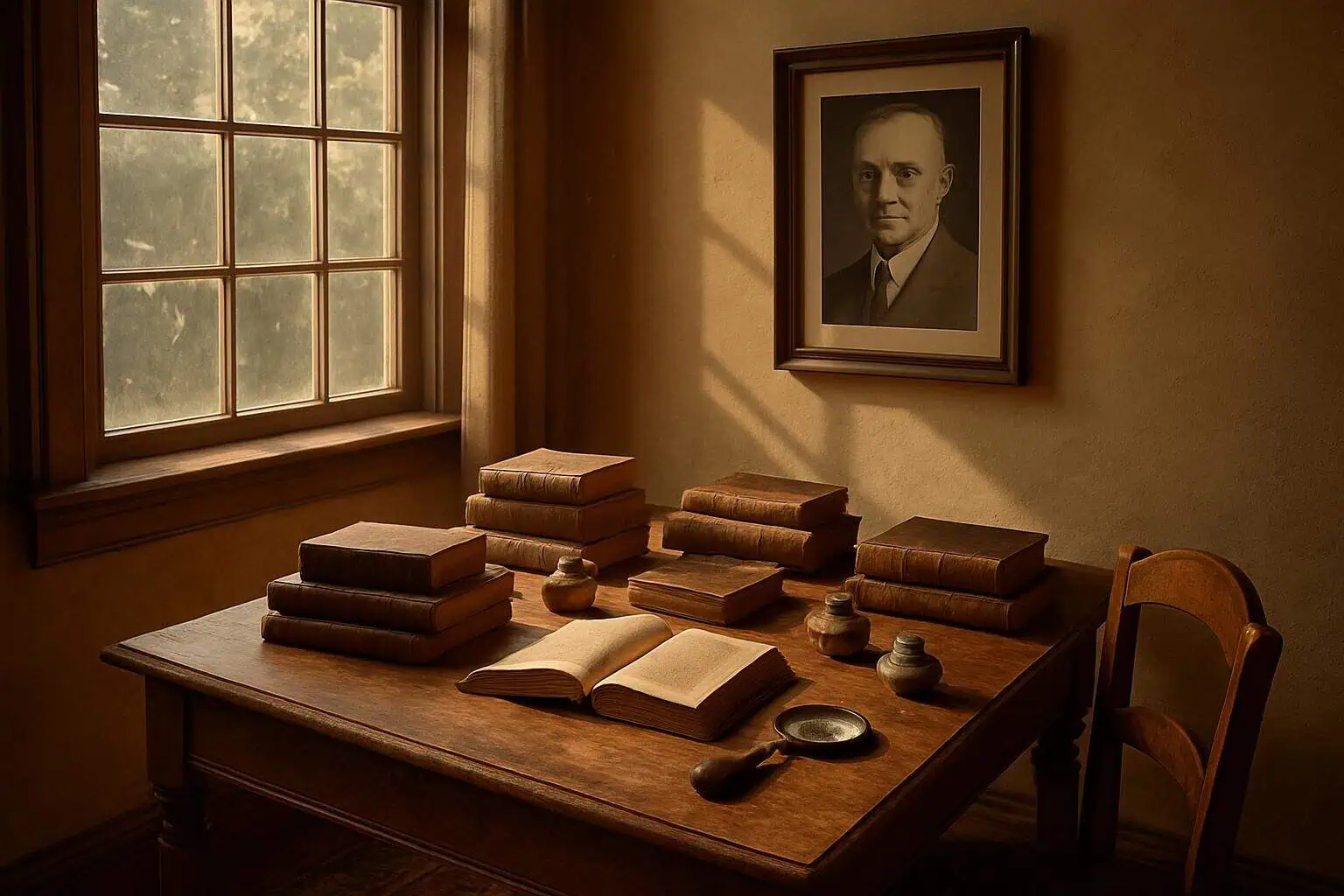
Movies like *Ace Ventura: When Nature Calls* (1995) have played a role in spreading the monocle myth. In one scene, Ace mocks a wealthy man wearing a monocle and calls him “the Monopoly guy,” though Mr.
Monopoly doesn’t wear one. People also mix Mr. Monopoly up with Mr. Peanut; both characters are rich-looking mascots, but only Mr. Peanut sports the iconic monocle.
You must be the Monopoly guy! – Ace Ventura
The Monopoly Man in Modern Media
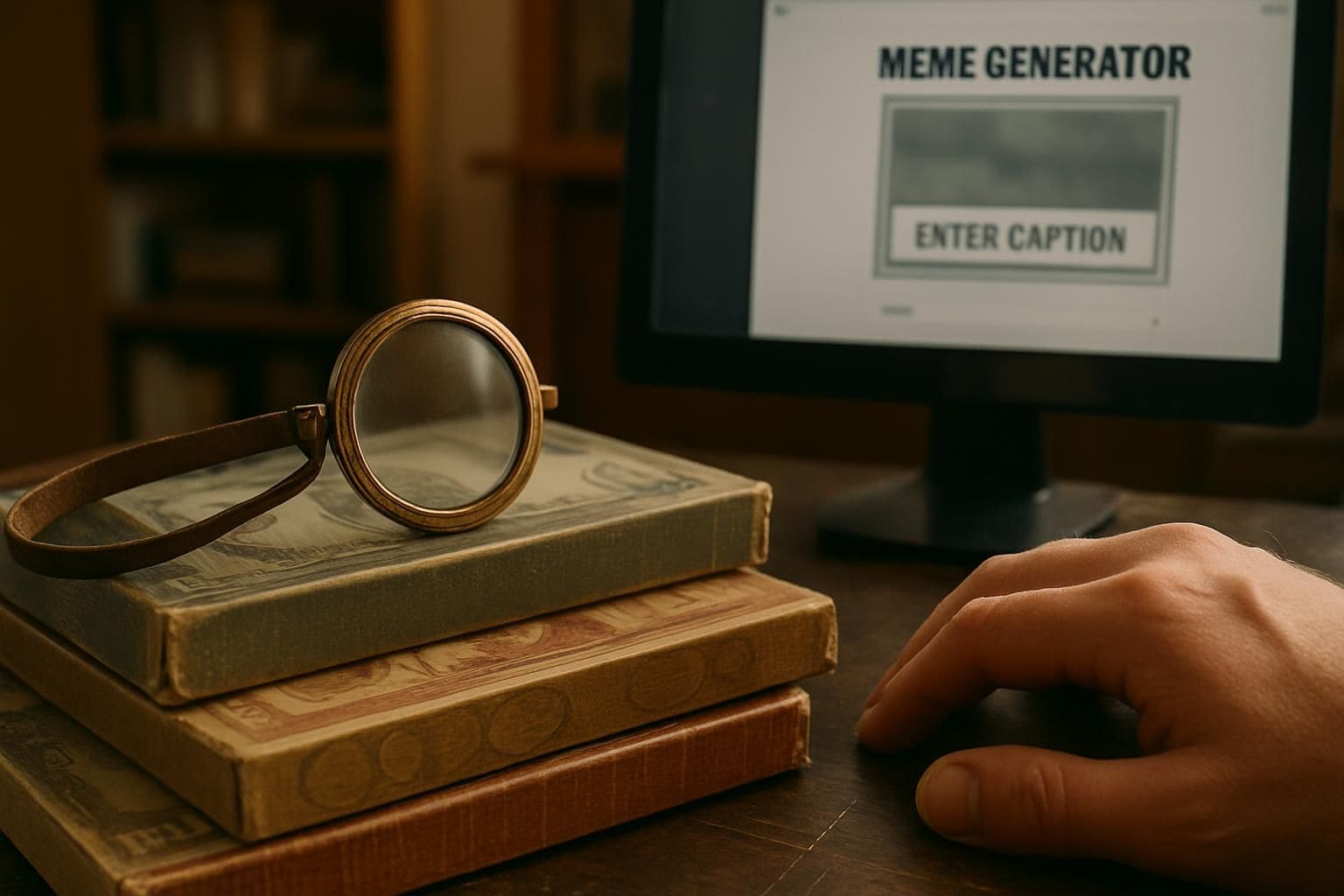
Rich Uncle Pennybags pops up on TV shows and viral videos, making him a familiar face online. He often stars in funny memes or films, turning into a quirky symbol of humor in geek culture.
In what movies and TV shows does the Monopoly Man appear?
The Monopoly Man tends to pop up in surprising places on film and TV. Geeks love spotting subtle references to him in their favorite shows and movies.
- In the 1995 comedy “Ace Ventura: When Nature Calls,” actor Jim Carrey mocks a stylish older man by calling him the Monopoly Guy, teasing the Mandela Effect over the nonexistent monocle.
- The animated series “Family Guy” features a humorous clip of Mr. Monopoly briefly appearing as a rich character who gets mugged for his cash.
- In an episode of “Robot Chicken,” they spoofed Monopoly with Mr. Monopoly showing up as a villain wanting to control the board game universe.
- A fun cameo happened in Dash Shaw’s graphic novel adaptation “Clue: Candlestick” from 2020; Mr. Monopoly himself (Rich Uncle Pennybags) makes a surprise appearance.
- On late-night show skits like Conan O’Brien’s talk show, Mr. Monopoly pops in randomly, usually representing greed or wealth humorously tied into current events.
- Back in 2017, at real-life Equifax hearings, activists dressed someone as Mr. Monopoly to mock corporate greed and wrongdoing publicly during Congressional testimony.
- Again in 2018, protesters used rich Uncle Pennybags during Google’s CEO hearing before Congress to symbolize unfair practices and monopolistic behavior clearly.
- Recently, in Google’s big antitrust trial of 2023, activists brought back the symbolic figure of Mr. Monopoly outside courtrooms; he stood for unfair market dominance accusations against Google.
With these notable sightings fresh in mind, it might interest you to know that even memes have embraced our beloved icon—leading us right into Meme Culture next! And if things ever go sideways for you online, click here get out of jail in Monopoly.
How is the Monopoly Man represented in memes and internet culture?
Movies and TV shows gave Mr. Monopoly plenty of fame, but memes keep him alive online today. Internet culture loves playing with the Monopoly Man’s image, poking fun at wealth and power in clever ways.
- A popular meme about Mr. Monopoly focuses on the Mandela Effect confusion around his monocle, though he never wore one in U.S versions of Monopoly games; many people still wrongly recall that he did.
- On forums like Reddit and 4chan, users often use Mr. Monopoly to mock stereotypes about wealthy business leaders or greedy tycoons.
- Another common meme format involves placing Mr. Monopoly into screenshots from movies, video games, and news events to highlight themes like corporate greed or gaining unfair profit.
- Many memes pair the Monopoly Man with Scrooge McDuck from Disney’s DuckTales or Tony Stark from Iron Man as symbols of exaggerated riches or lavish lifestyles.
- In 2017, activist Ian Madrigal attended a Senate hearing dressed as Mr. Monopoly; these images quickly became memes on Twitter and Facebook as a funny way to comment on big business influence in politics.
- Ian Madrigal again appeared as the character during high-profile hearings in 2018 and notably again in 2023, using the meme-worthy costume to highlight social justice topics online with humor and creativity.
- Meme creators frequently edit Mr. Monopoly’s classic look by giving him modern clothing or accessories like AirPods or Supreme outfits; they do this to parody trends among young tech workers earning large salaries at Silicon Valley startups.
- People actively remix classic posters and old-school ads featuring Rich Uncle Pennybags—Mr. Monopoly’s official name—with ironic twists about money management apps such as Robinhood or cryptocurrency schemes like Bitcoin scams.
- On TikTok viral videos since around 2020, cosplayers portray Mr. Monopoly acting out sketches focused on satire targeting billionaires such as Jeff Bezos from Amazon or Elon Musk of Tesla fame.
- Twitch streamers sometimes host challenges involving digital “speed runs” playing Hasbro’s online version of the board game; chats spam emojis based on Rich Uncle Pennybags’ face each time players land on expensive properties like Park Place or Boardwalk for laughs among viewers watching live broadcasts online together through Discord servers worldwide.
- From my own experience at geek conventions such as Comic-Con during recent years (2019-2022), I often saw fans wearing humorous t-shirts showing mashups between Mr.Monopoly graphics mixed cleverly with anime references including Naruto characters holding cash bills instead ninja tools for comedic effect appealing directly toward fellow geeks attending these events regularly every year again since reopening post-pandemic restrictions lifted fully last year (2022).
Legacy and Cultural Impact
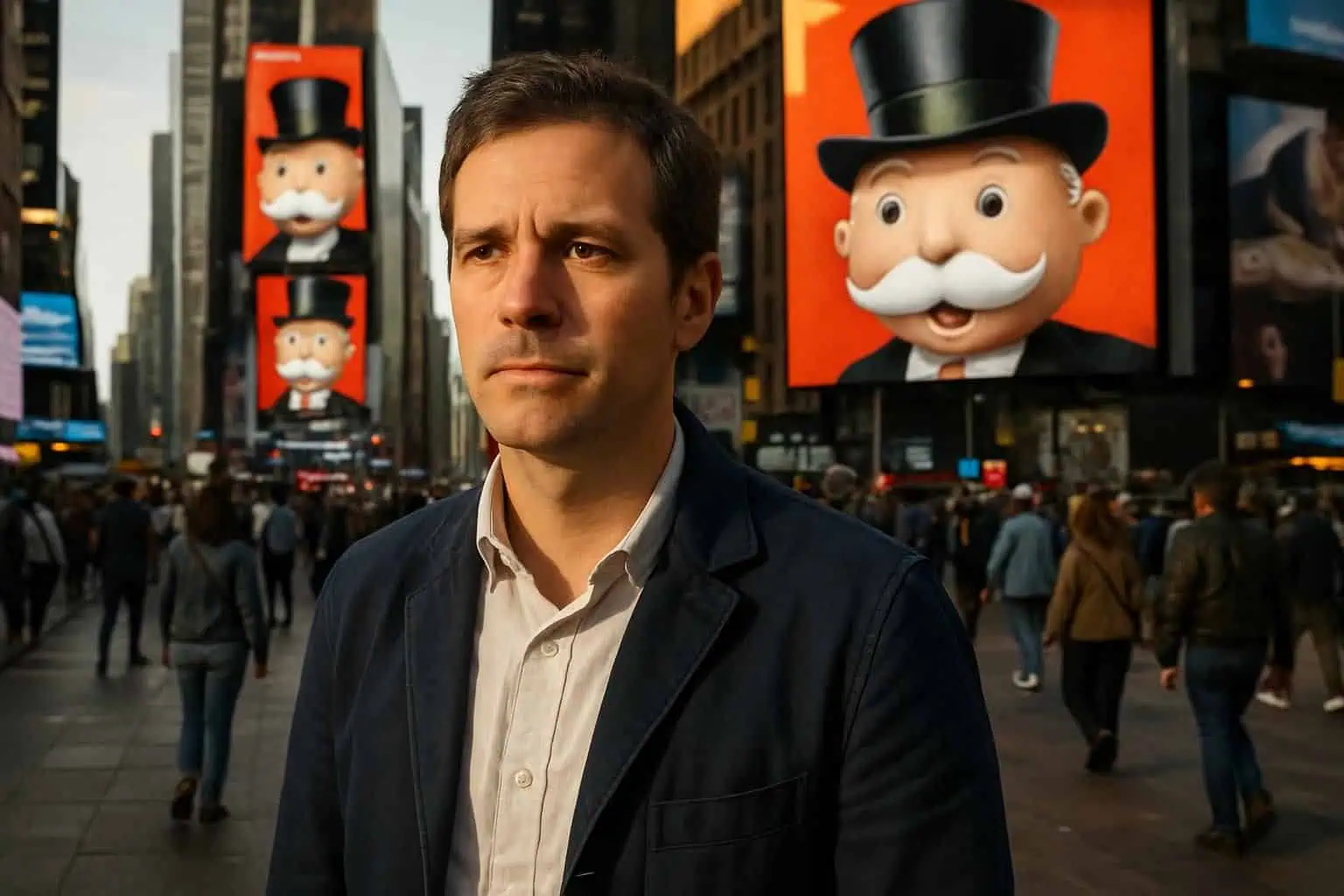
The Monopoly Man remains a lasting symbol in board games and pop culture, appearing on everything from shirts to emojis. Companies often draw on his familiar image for marketing campaigns and product branding.
Why is the Monopoly Man iconic in board game history?
Mr. Monopoly, also known as Rich Uncle Pennybags, stands out in board game culture for good reason. Forbes listed him sixth place on their “The Forbes Fictional 15” ranking of richest fictional characters in November 2006 and ninth again in 2011.
With his tuxedo, top hat, cane, and mustache, he embodies wealth and money management in popular imagination.
He gives the Monopoly brand instant recognition across different cultures and countries since its creation by Parker Brothers. His image has influenced business branding beyond gaming due to his clear link to riches and success.
Forbes ranked Mr. Monopoly as the sixth richest fictional character back in 2006—he’s literally an icon of imaginary wealth!
How has the Monopoly Man influenced branding and marketing?
The Monopoly Man helped brands show wealth and success in a fun way. Since the game’s U.S. debut in 1935 by Parker Brothers, his top hat, cane, and dapper style have become clear symbols of money and power.
Brands often mimic this look to attract customers; think about how similar characters pop up on lottery ads or banks trying to seem friendly yet prosperous.
His influence is everywhere across media too. In shows like “Ace Ventura: When Nature Calls” (1995), Ace mocks a rich man he calls “the Monopoly guy,” referencing the Mandela Effect belief that he wears a monocle—though no American versions featured one.
Internet memes also use him as shorthand for financial themes such as taxes or investing, making branding simple through widely shared images online.
How Will the Monopoly Man Evolve in 2025?
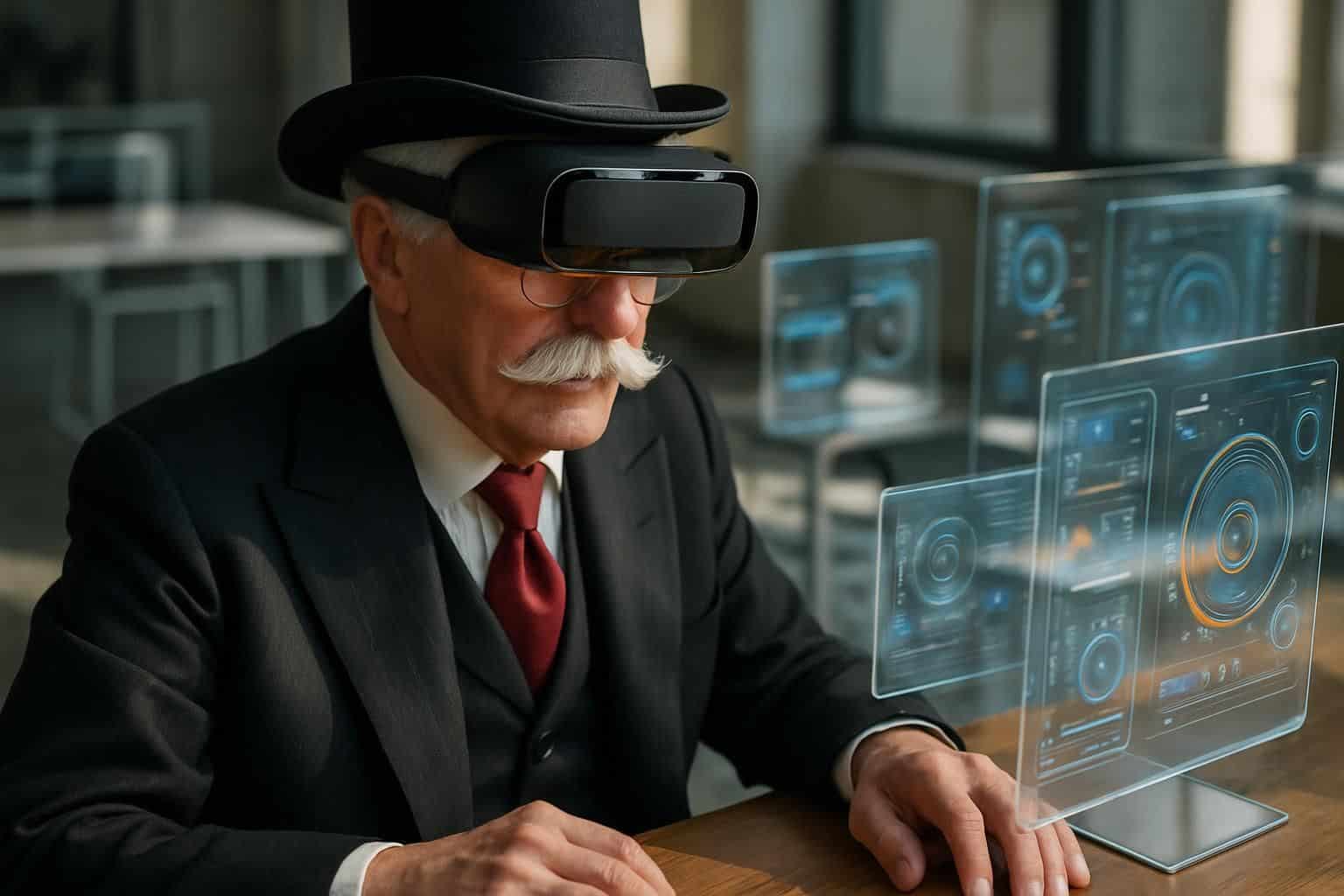
In 2025, expect the Monopoly Man to embrace digital trends and popular tech. Mr. Monopoly will likely star in online versions of the game, apps for mobile phones, or virtual reality (VR) formats.
Hasbro could even feature him as a host guiding players who want to learn how to buy houses in monopoly online.
Updated animations and interactive designs may bring Rich Uncle Pennybags closer to younger gamers without losing his classic style.
Along with high-tech upgrades, we might see limited-edition outfits or collaborations featuring famous video game characters and franchises beloved by geeks everywhere. Digital collectibles such as NFTs of special artwork depicting him would match current gaming culture too.
With over 7,126 views since May 12, 2025, this post shows that people are eager for fresh takes on their favorite board-game mascot co-authored by Elaine Heredia, BA (writing since 2020), so keep an eye out for bold moves from Hasbro soon!
People Also Ask
Who exactly is the Monopoly Man, and what’s his real name?
The Monopoly Man, known officially as Rich Uncle Pennybags, is the iconic mascot of the famous board game Monopoly. He’s that cheerful character wearing a top hat and monocle who guides players through property deals.
Why do many people think the Monopoly Man wears a monocle when he doesn’t?
Surprisingly, Rich Uncle Pennybags never actually wore a monocle; this confusion comes from something called false memory or mixing him up with other similar characters in pop culture.
What inspired the creation of Rich Uncle Pennybags for Monopoly?
Rich Uncle Pennybags was inspired by wealthy businessmen from early 20th-century America; creators wanted to portray an amusing image of wealth and success to match their game’s theme.
Are there hidden meanings behind some symbols associated with the Monopoly Man?
Yes, several symbols linked to Rich Uncle Pennybags carry subtle messages about money management and capitalism; even his clothing choices hint at ideas like prosperity, ambition, and financial wisdom.
References
https://www.theguardian.com/lifeandstyle/2015/apr/11/secret-history-monopoly-capitalist-game-leftwing-origins (2015-04-11)
https://jekyllislandfoundation.org/about/for-the-record/the-man-who-inspired-monopoly/
https://whattoreadtoyourkids.com/2018/09/27/the-surprising-backstory-behind-the-monopoly-woman/
https://www.wikihow.com/Monopoly-Man-Monocle
https://www.puzzleshq.com/puzzles/features/things-you-never-knew-about-monopoly/ (2023-12-21)
https://topboardgames.co.uk/monopoly-man/
https://www.cnn.com/2023/09/18/world/mandela-effect-collective-false-memory-scn (2023-09-18)
https://cozyrainbow.org/2023/05/07/strange-mystery-of-the-monopoly-mans-monocle-mandela-effect/
https://thehill.com/opinion/technology/589505-rich-uncle-pennybags-didnt-wear-a-monocle-and-other-false-memories/ (2022-01-16)
